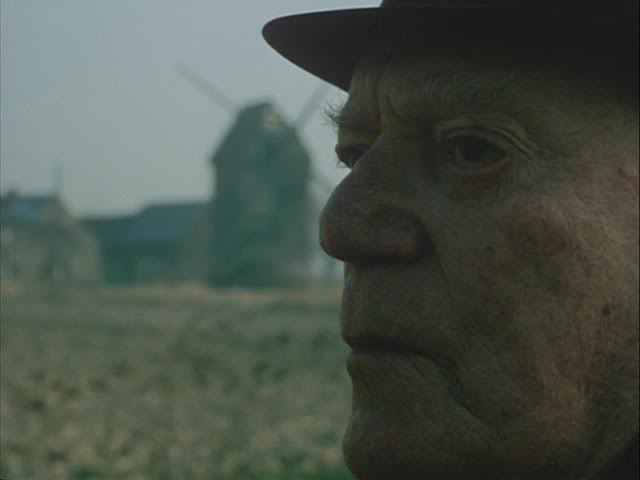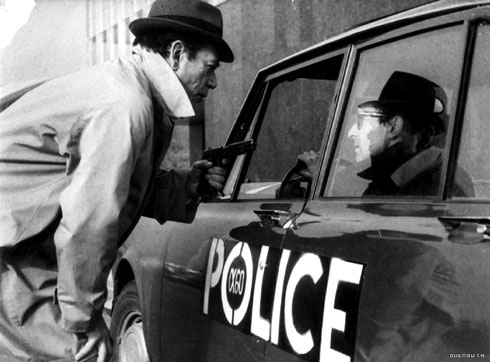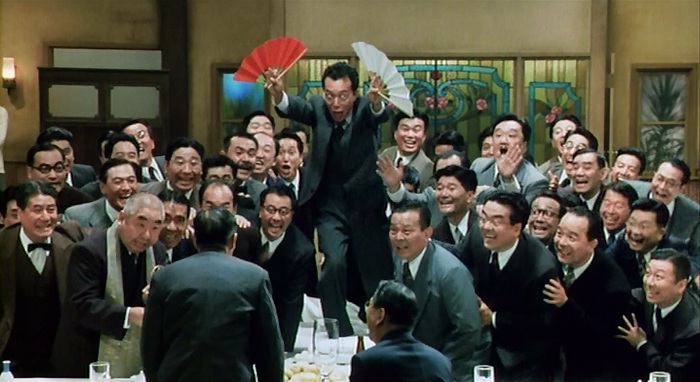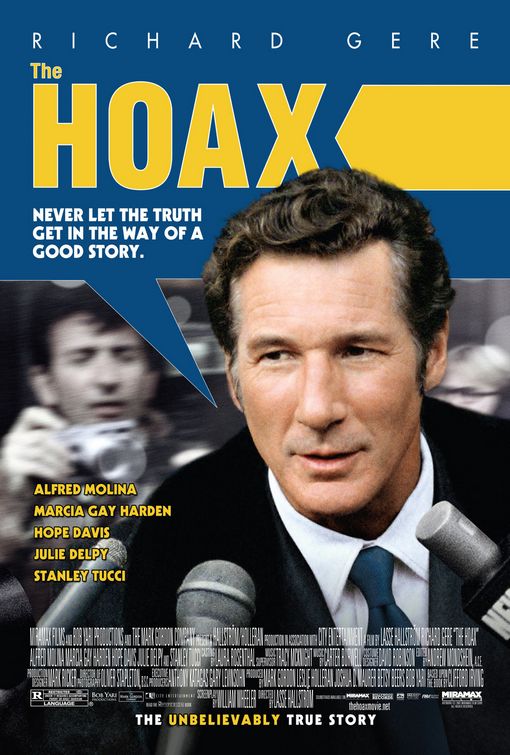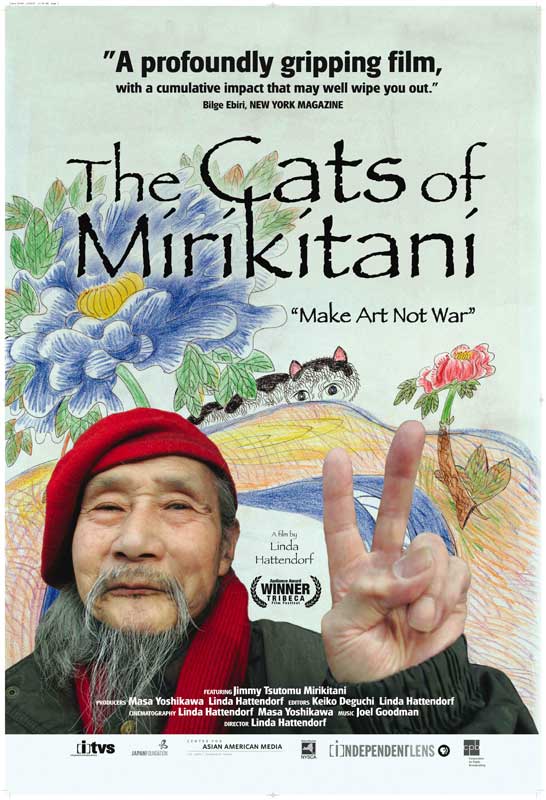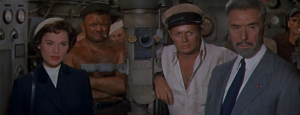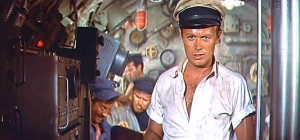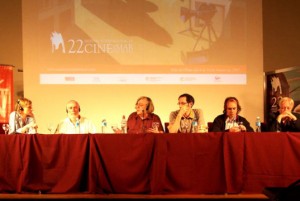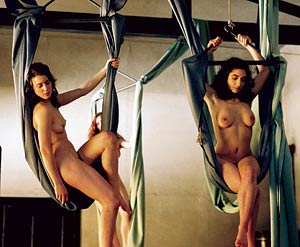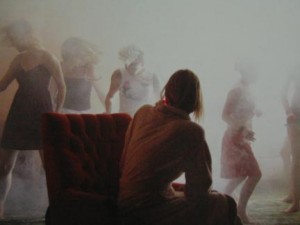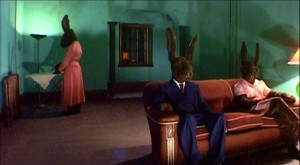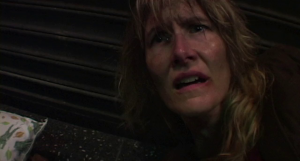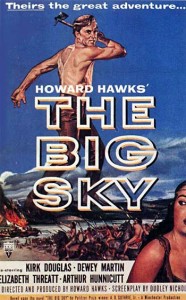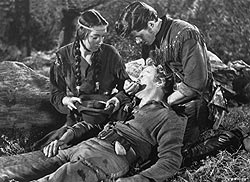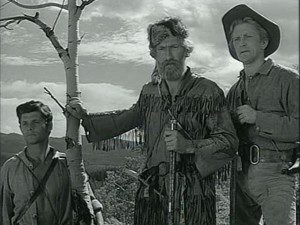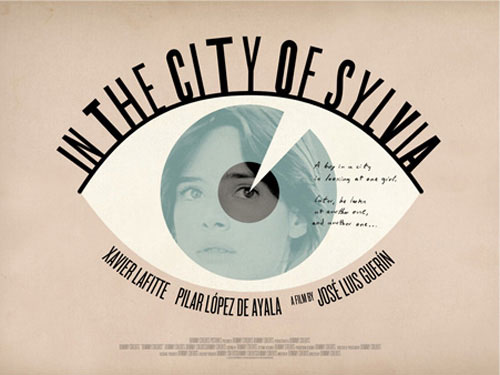From the Chicago Reader (May 27, 1994). — J.R.
** EVEN COWGIRLS GET THE BLUES
(Worth seeing)
Directed and written by Gus Van Sant
With Uma Thurman, Rain Phoenix, John Hurt, Lorraine Bracco, Noriyuki “Pat” Morita, Angie Dickinson, Sean Young, Keanu Reeves, Crispin Glover, and Carol Kane.
Sissy Hankshaw, born with oversize and decidedly phallic thumbs that inspire her to become a compulsive and virtuoso hitchhiker, never stopping anywhere long enough to pitch a tent, works occasionally as a model for a decadent New York queen known as the Countess, who uses her in feminine-hygiene-spray ads. He wants her to appear in a commercial featuring a flock of whooping cranes that periodically migrate through his dude ranch and beauty salon, the Rubber Ranch, and he sends her there, not realizing that the cowgirls running the place are on the verge of seizing it and turning it into a radical feminist collective with a different set of priorities.
This is the central premise of Tom Robbins’s 1976 hippie novel, though it hardly begins to describe its proliferating characters and issues. For starters, there’s a Mr. Natural sort of guru hiding out in the mountains overlooking the Rubber Ranch — a Japanese American known as the Chink, who periodically has sex with one of the cowgirls, Bonanza Jellybean, and eventually impregnates Sissy, and who maintains a Rube Goldberg sort of timepiece that was bestowed on him by a group of renegade Indians known as the Clock People. Read more



